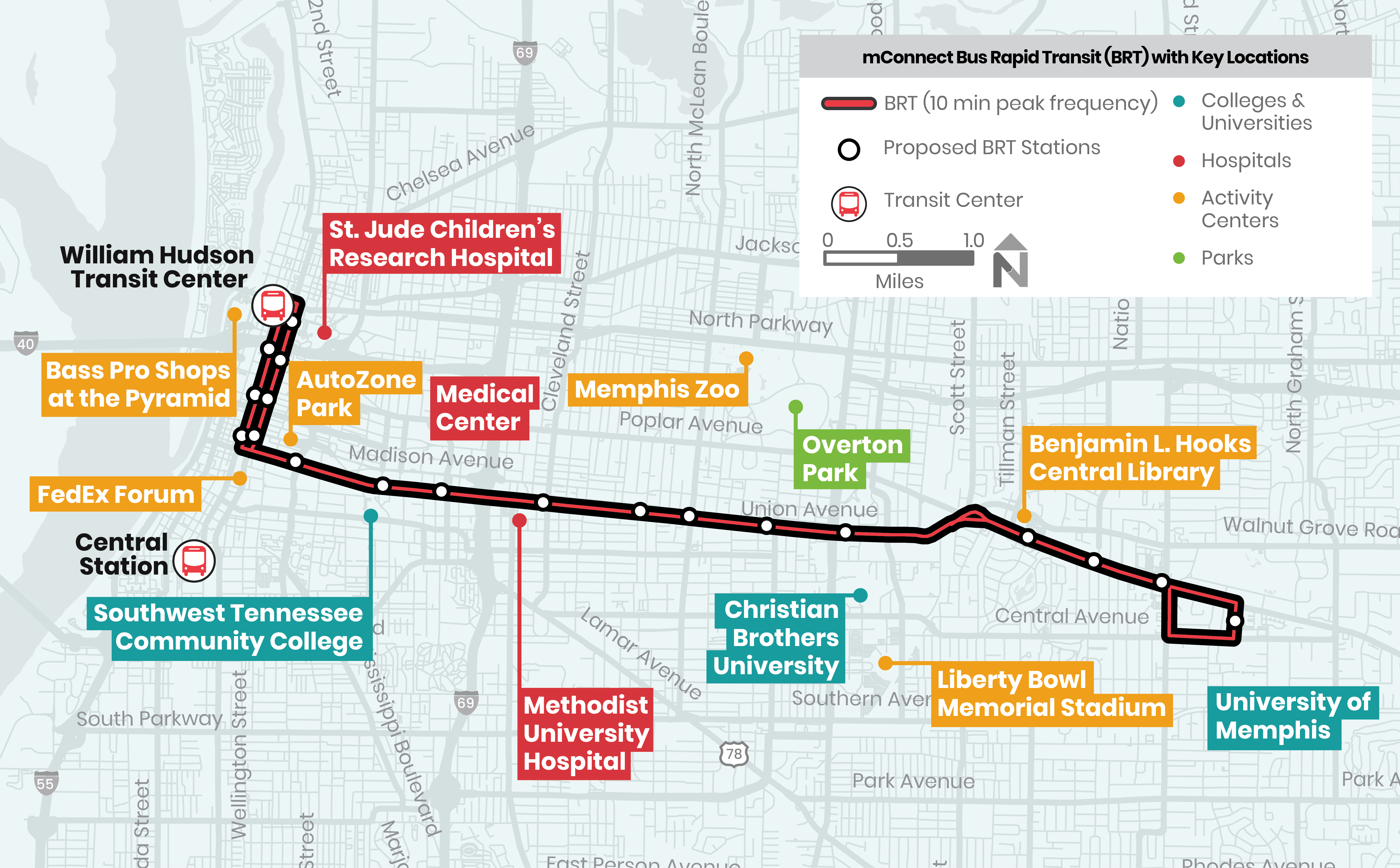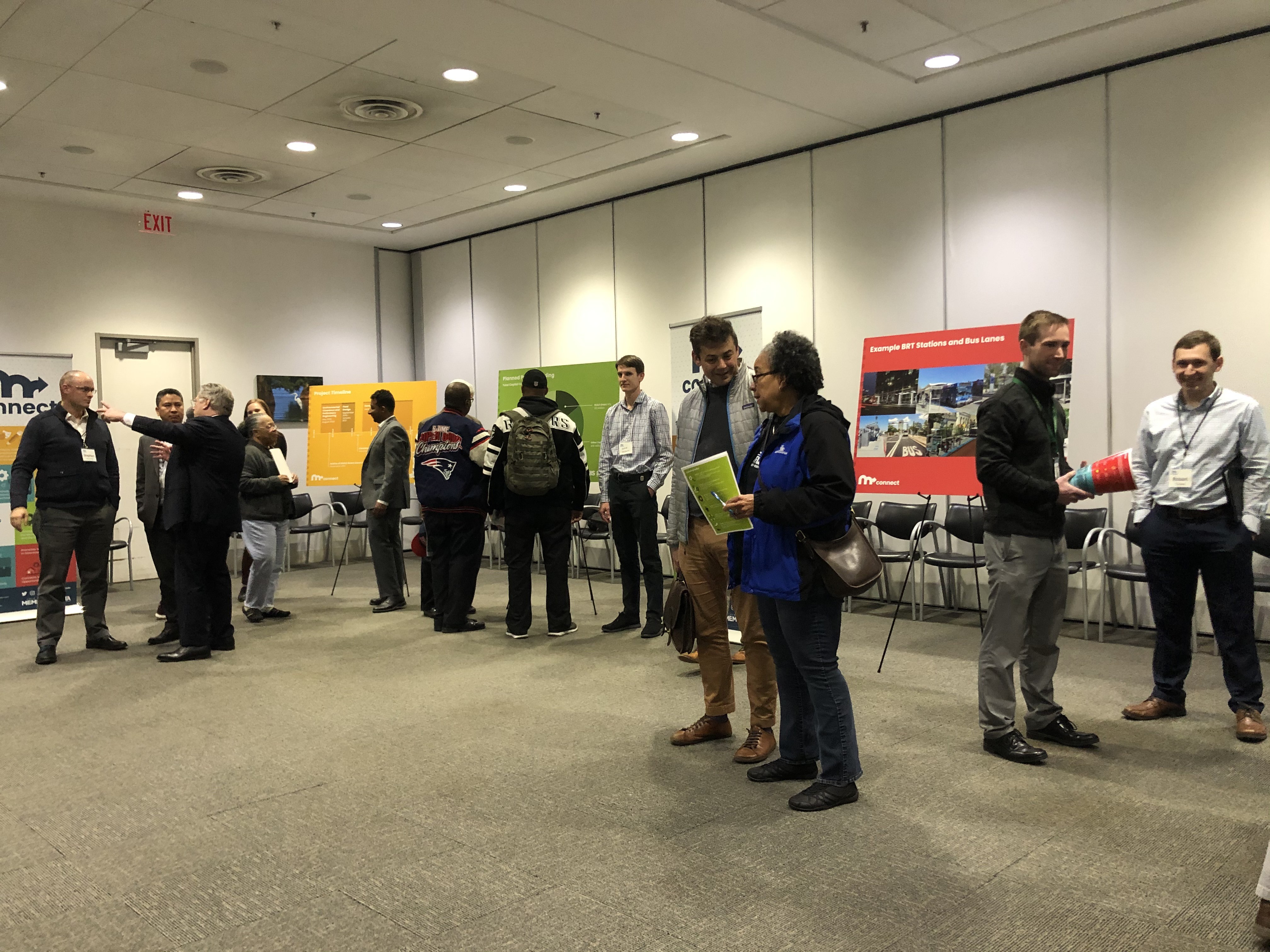The Memphis Area Transit Authority (MATA) is working to improve the safety experience for both passengers and drivers, while also working to engage with local law enforcement on safety preventions.
Keith Watson, chief safety and security officer, presented his first safety assessment at the agency’s recent board of commissioners meeting, and said upon his presentation he looked at several areas within MATA such as the safety risk management combined with their “best practices.”
Watson said the organization is split into two categories: fixed route operations and rail operations. Fixed route operations are those that occur on the “surface” on roadways of the city, while rail operations are “more regulated” than the fixed routes.
When looking at the rail operations, Watson concluded there were 31 corrective action plans (CAPS) from 2020 to 2023 for MATA. He said these are plans to address risk factors identified as a result of accidents or other safety incidents. Watson and his team were able to address these plans and reduce the number to 11 for August 2024.
In terms of fixed route operations, some of the areas that MATA identified for extra inspection were the GPS reporting and radio systems that are on each bus called “EQUANS.” Watson said these provide location reporting and time point placement.
“We talk about on-time performance, and I’ve heard many of my colleagues mention that some of the time points were not properly reporting to EQUAN. We’ve been working through that,” Watson said.
He added that they plan to invite EQUAN to their meeting so they can have a “grassroot understanding of the things that are happening for their overall safety and locating of [their] buses.”
Some other observations made to evaluate fixed route operations were facility and infrastructure inspections, route assessment, fire safety and evacuation practices, and safety prevention campaigns.
“We must remain consistent on those particular programs and engaging with our employees to have a safety culture over the overall system,” Watson said.
This ushered in a conversation on crime activity at their transit centers located on Main Street (William Hudson Transit Center), American Way, and Airways. Larceny and simple assault were the only crimes reported at all three locations and accounted for many of the offenses compared to disorderly conduct, robbery, and trespassing to name a few.
“Hudson Center, for the year, is reported with most incidents with Airways coming in at a close second,” Watson said.
He added that only some crimes make it to “paper” via their reporting center. Watson said he believed there were 94 reports made, with operator and passenger disputes accounting for 40 of those.
“Those disputes usually stem from bus arrival/departure times, location of the bus pickups, and some personal preferences on where a passenger would like to get off outside of the revenue lane,” Watson said.
MATA has also been reviewing security footage to look for individuals that could pose a threat to the transit experience by committing crimes that are “punishable by state or federal law.” They’ve begun the process of placing “Be On The Look Out” flyers while also engaging with security contractors and local law enforcement.
The presentation closed with an overview of their safety performance in crashes where 51 percent were non-preventable, and 49 percent were preventable. A majority of these crashes involved fixed objects, with sideswiping coming in second.



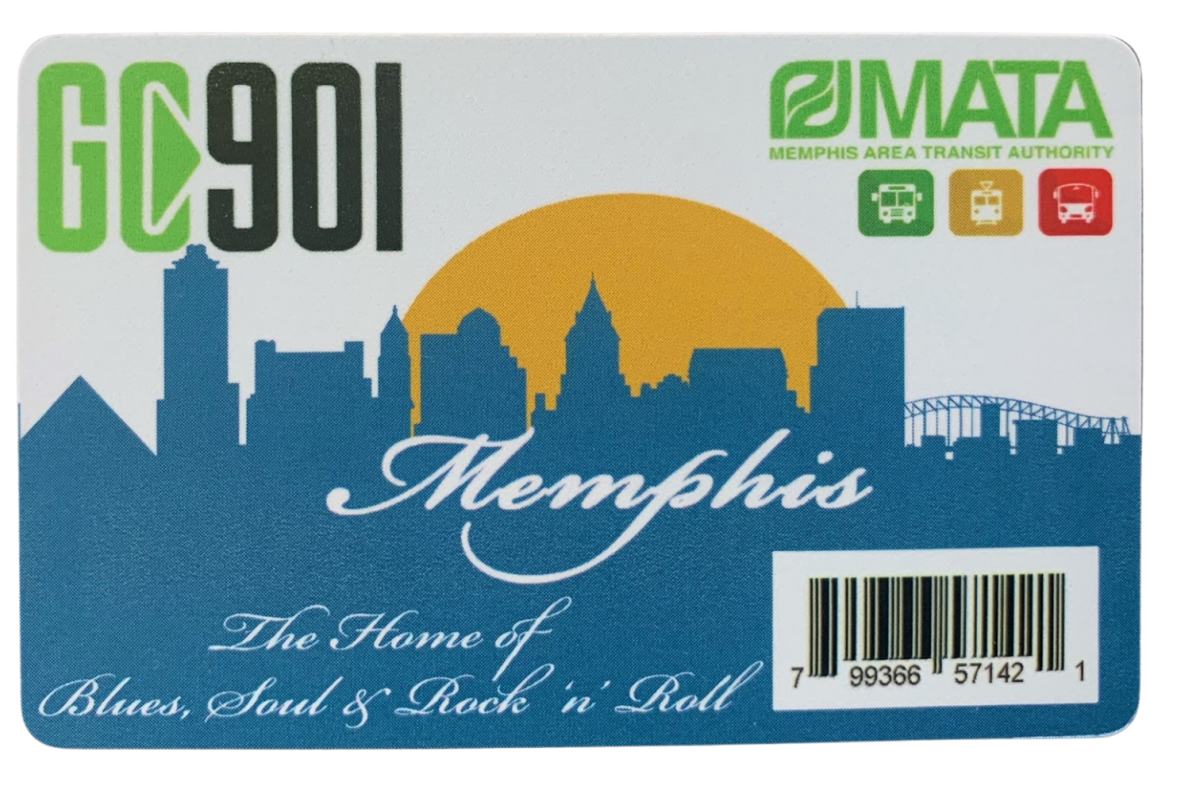
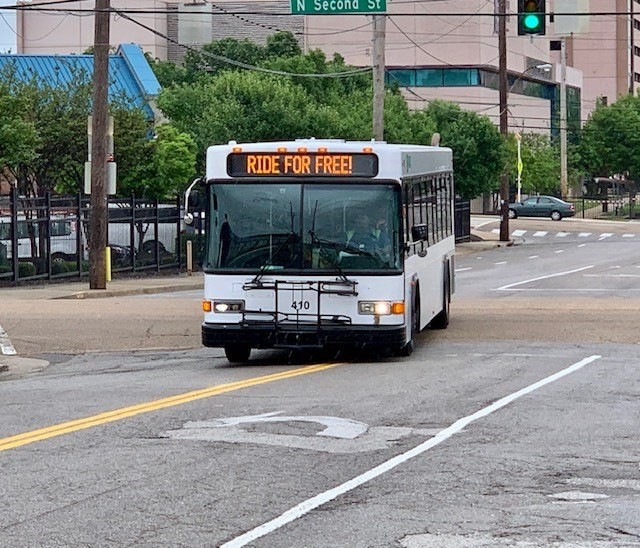 Facebook/MATA
Facebook/MATA 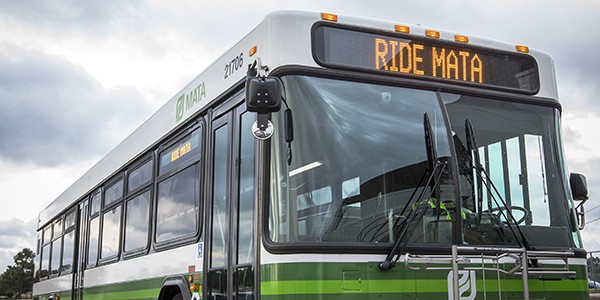 Justin Fox Burks
Justin Fox Burks 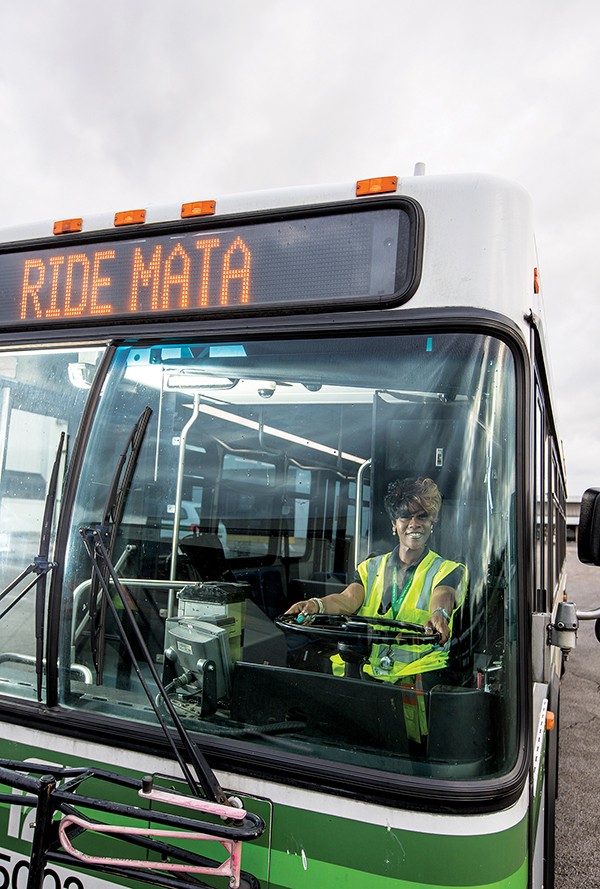 Justin Fox Burks
Justin Fox Burks 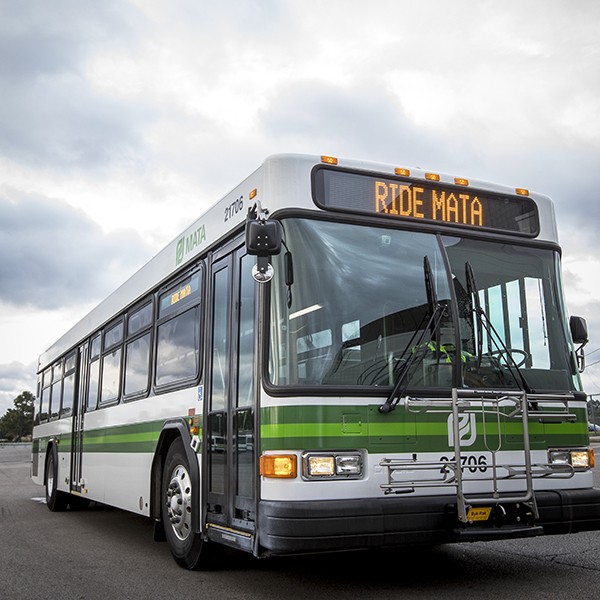 Justin Fox Burks
Justin Fox Burks 